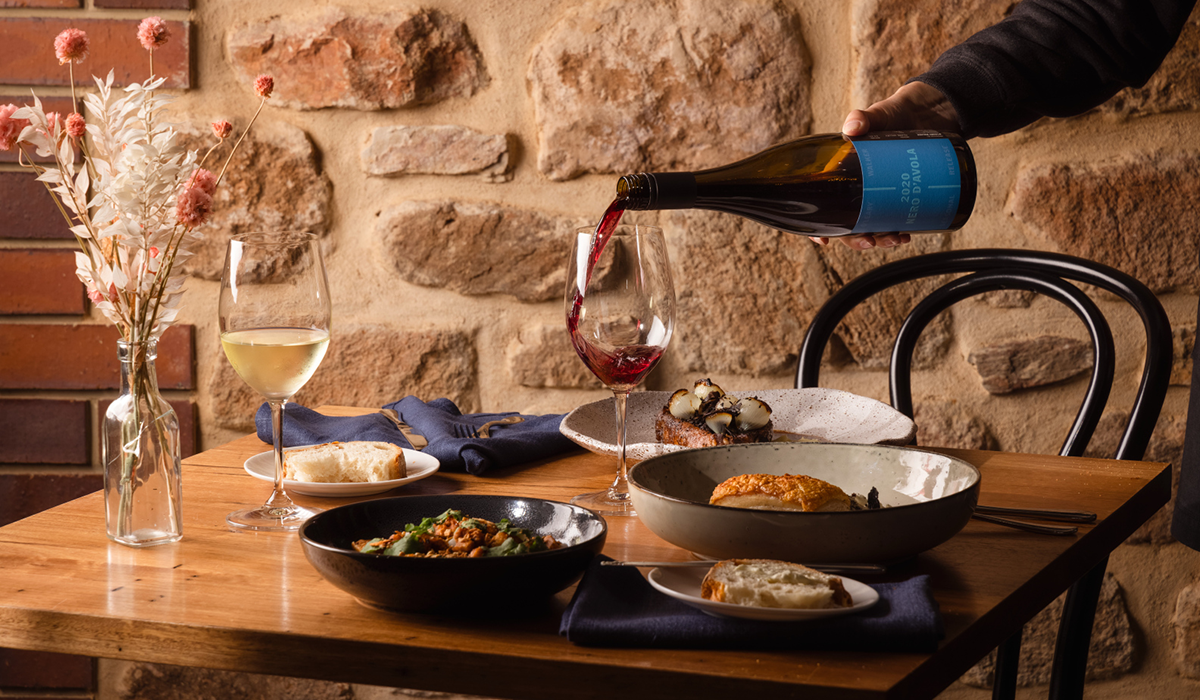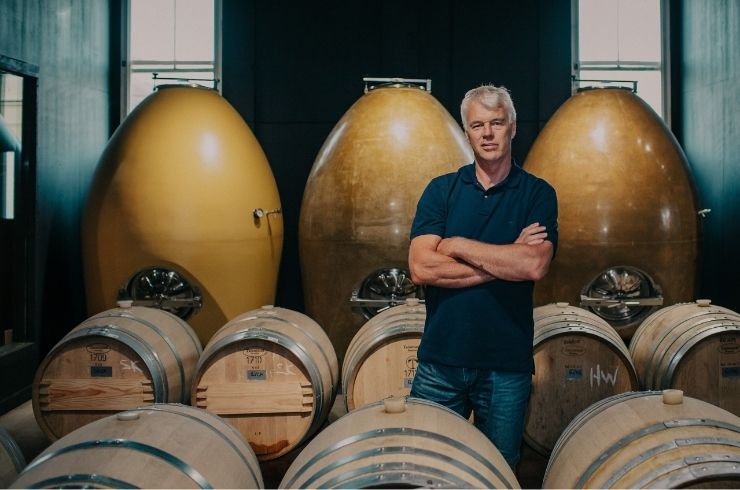Have you ever wondered how wine is made? From riesling and chardonnay to pinot noir and cabernet sauvignon – winemaking is a science and an art, and it would be a disservice to the craft to suggest it’s simple. For the sake of education, however, there are a few main stages that are important to know.
There are key processes that happen from grape to glass. Below we'll take you through harvesting, sorting, crushing and pressing (including the differences for white and red wines). We'll also explain fermentation and the punching down or pumping over methods, which happen before ageing and bottling.
Across eight modules, Halliday Wine Academy offers a detailed look at the Australia wine landscape – from how wine is made and how to describe wine, to approaching food and wine matches, along with handy tips that address common wine questions.
 Before being taken to the winery, grapes are sorted by hand or machine.
Before being taken to the winery, grapes are sorted by hand or machine.
Harvest
Grapes are picked from the vines by hand or machine and brought into the winery. Choosing the optimal time to pick is one of the most important decisions made to ensure balanced grapes. Picking can take place early or late in the harvest season, and at night or during the day.
Sort and destem
Leaves, sticks, bugs, and stems are cleared away during this process, leaving pristine fruit (although sometimes the berries are left on their stems for 'whole bunch' ferments).
Crush
Typically a piece of equipment called a destemmer will remove the grape stalks before lightly crushing the fruit in preparation for fermentation.
Press
At this stage, the solids are separated from the juice. With reds, this step happens following the fermentation on skins, while whites are most often pressed right after crushing, eliminating the skins and so the colour from the wine. After pressing, the liquid gets 'settled', allowing any sediment to settle at the bottom of its container before being 'racked' or filtered from the final wine.
Ferment
This process sees sugar consumed by yeast and turned into alcohol. Checking temperature, sugar and alcohol levels is essential at this stage.
Punch down and pump over
Red wine ferments require punching down or pumping over the 'cap', which means stirring the skins and seeds back into the juice when they rise to the surface of their container.
Age
Ageing wine in different vessels (stainless steel tanks or oak barrels of various sizes, origins and ages) for varying lengths of time can vastly influence the style of the resulting wine.
Bottle
Whether after a couple of months or years, wine is bottled and then sealed (under screwcap, cork or crown seal).
Drink!
Now that you know the influencing factors, can you taste how your wine might have been made?Become a member to access more than 150,000 tasting notes, exclusive member content and more.



